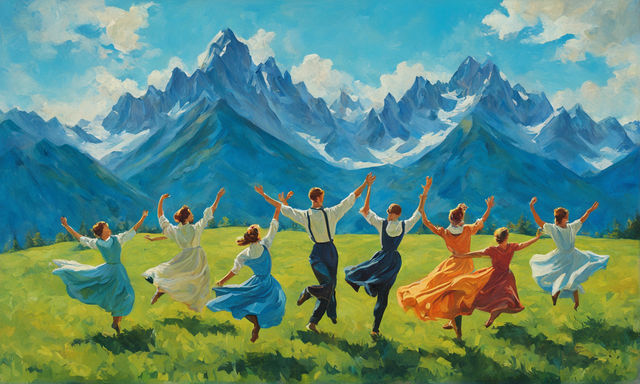
Since 2000 Denmark has been voted the happiest country in the world 13 times, followed by Finland and Iceland (both 8 times), Norway (4 times) and Switzerland (2 times).
We’ve all seen the images: shiny blonde people with gleaming smiles on snowy mountaintops, wearing bright colours, smoking Peter Stuyvesant cigarettes and having spontaneous, effervescent conversations with strangers on public transport. And all the while a beaming sun is irradiating the fertile, fleecy fields with its joyous rays.
I’m sorry, I seem to be misremembering something here. Probably a fever dream I got mixed up with a 1970s cigarette ad. An occasional occurrence. Just to be clear: there are no mountains in Denmark, so the snowy mountaintops are not quite part of the happiness package. You can probably also scrap the spontaneous conversations on the bus. And the gaudy clothing. And the constant sunshine.
In fact, it’s pretty gloomy here half of the year. Everything seems a bit more subdued than it’s supposed to be. Like it’s camouflaged from the world, not wanting to draw any attention to itself.
If you’ve heard about all this happiness going around and you are planning to visit Denmark with the aim of seeing blissful people singing and dancing in the rain, decked in jazzy streamers, bounding through the candy-coloured, glittering streets in variegated nosegays, looking like they’ve just experienced the rapture, let me stop you right there.
Like the younger me, you may have been labouring under some misapprehensions about the nature of happiness, where multiple nosegays are a prime component, and that just might be the crux of the matter.
What, then, goes into that curious cauldron of contentment that’s so characteristic of these colder climes? Is it money? Personal and professional achievement? Community? The answer seems to be yes for these and other factors, and all in measured amounts.
The Nordic countries are known for their social and economic models that focus on their citizens’ needs.
In the USA, in contrast, where the individual’s success in the world depends entirely on the strength of their own bootstraps, socially vulnerable individuals such as the homeless, people struggling with substance abuse, mentally ill individuals, and the lonely will likely encounter various punitive «solutions» in the form of further alienation and even physical violence, whereas in Copenhagen your urgent psychological needs are addressed by a social worker and an emergency responder driving a sociolance.

Likewise, your American healthcare needs, your education or even your child might cost you a hefty sum, whereas the high level of social trust and equality among Danes mean that people feel a responsibility to contribute to these services for everyone.
The fundamental factor here is that the Danish happiness baseline is realistic, and well within the parameters of basic human needs. What this means is that Danes are happy with what they have. They are not born into the expectation to follow a Danish Dream, in which their ambition is sure to make them billionaires one day, to compete with and to rise meteorically above their fellow citizens. Education and healthcare are basic human rights, which are provided for. If you have a brick of rye bread and a stick of smoked salami in your kitchen in addition to that, what more do you really need?
It is fundamentally a cultural approach embodied by economic policies, which seems to work very well for everyone.
Everyone, except for Sweden, who never seems to make it onto these happiness lists. Yes, what is up with Sweden? They have the exact same system, but only ever came third, and only twice since 2000. Why is Sweden such an outlier?
The answer is surprisingly simple, though not immediately obvious. Unlike in other Nordic countries, Swedes’ happiness arrives in a cardboard box with laborious instructions, and you are expected to assemble it yourself.
